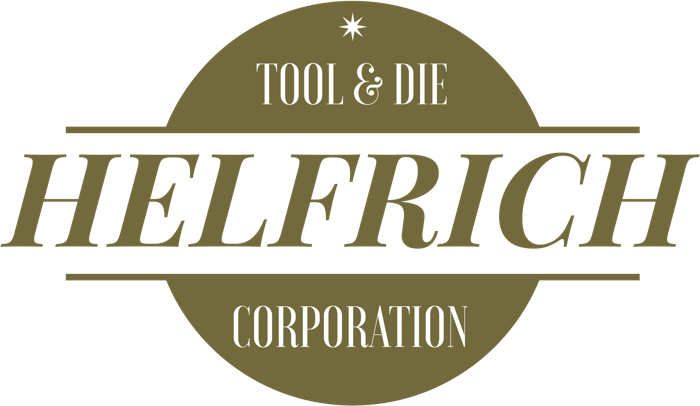Stamping Dies

What are Stamping Dies?
There are many types of stamping dies that can be made, which one to use depends on a few bits of information, such as quantity needed, material to be used, flatness required, complexity of part, size of the part, flat, bent, or drawn part.
Single hit hand fed die would be used for smaller production runs where a blank is manually loaded in the tool by the operator, the press is cycled, and the part is removed. This kind of tooling has the lowest cost of tooling but a higher piece price due to the slower production rate. You can pierce, trim, draw, form, bend, lance, offset, joggle, extrude, and dimple in a single hit hand fed tool.
Full Service Tool Die Maker
Guaranteed Die Tooling part production to match precise tool specifications
Sheet - Steel - Brass - Stainless Steel - Copper - Galvanized - Aluminum - Spring Steel - Woven Wire Mesh
Progressive Tooling
Offset Dies
Piercing Dies
Forming Dies
Trimming Dies
Compound Dies
Lancing Dies
Metal Stamping
Drawing Dies
Cutoff die, this type of tooling uses material in either strip or coil form. The material is feed into the die holes and shapes are punched into the strip, the strip is indexed forward and cut off from the rest of the material. This type of tooling works well for medium quantities with simple geometries and bends.
Compound dies are used when the flatness and or dimensional tolerance are critical. Compound dies are more costly to build and run and can use coil, strip or individual blanks for material.
Draw dies are used to form cups or shells. Drawing is a metal forming process in which a product is made by controlling sheet metal flow into a cavity and over a punch. The process of deep drawing means that the part must be taller than its minimum width. The material can be strips, pre-cut blanks or coil depending on the quantity of parts needed.
Progressive dies are of the most common, fastest methods available for producing piece parts. Progressive dies tie the parts together by a portion of the original coil, which is called a strip carrier. The parts exit the die complete after each stroke of the press and can run unattended with the proper sensors. Progressive dies are the most cost effective way to produce parts but the tooling tends to be more costly.
Progressive Tooling, Piercing Dies, Trimming Dies, Lancing Dies, Drawing Dies, Offset Dies, Forming Dies, Compound Dies, Metal Stamping





